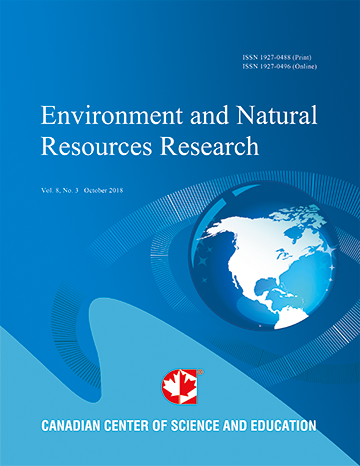Landscape Mapping to Quantify Degree-of-Freedom, Degree-of-Sprawl, and Degree-of-Goodness of Urban Growth in Hawassa, Ethiopia
- Nigatu Wondrade
- Øystein Dick
- Håvard Tveite
Abstract
In the rapidly urbanizing African continent, monitoring, mapping and modeling of urban growth is an indispensable task to understand the magnitude and rate of the ongoing changes. Remote sensing data have been found useful in mapping urban areas and as a source of data for modeling and analysis of spatio-temporal trajectories of cities. In this study, remote sensing data from different sensors extending over a period of 24 years (1987-2011) were used to classify and extract areas of the established land use land cover classes in Hawassa City, Ethiopia. Among those classes, built-up areas were used to quantify urban growth and sprawl. The result of the mapping indicated that the built-up area had increased by 234.5% between 1987 and 2011. The area under investigation was sub-divided into eight equal zones within a circle to apply analytical models. To analyze the pattern, process and overall growth status of Hawassa City, Pearson’s Chi-square statistics, Shannon’s entropy, and degree-of-goodness models were employed. The result revealed that the degree-of-freedom was high indicating the disparity between observed and expected urban growth. The entropy values both in temporal intervals and zones were found higher than half-way mark of respectively showing the tendency of sprawl. Except the South Zone, the city had not experienced “goodness” during the entire study period. This study has provided new evidence about the urban growth in the study area that could be used by city managers.
- Full Text:
 PDF
PDF
- DOI:10.5539/enrr.v4n4p223
Journal Metrics
Google-based Impact Factor (2016): 6.22
h-index (November 2017): 12
i10-index (November 2017): 19
h5-index (November 2017): 11
h5-median (November 2017): 12
Index
Contact
- Emily LinEditorial Assistant
- enrr@ccsenet.org
